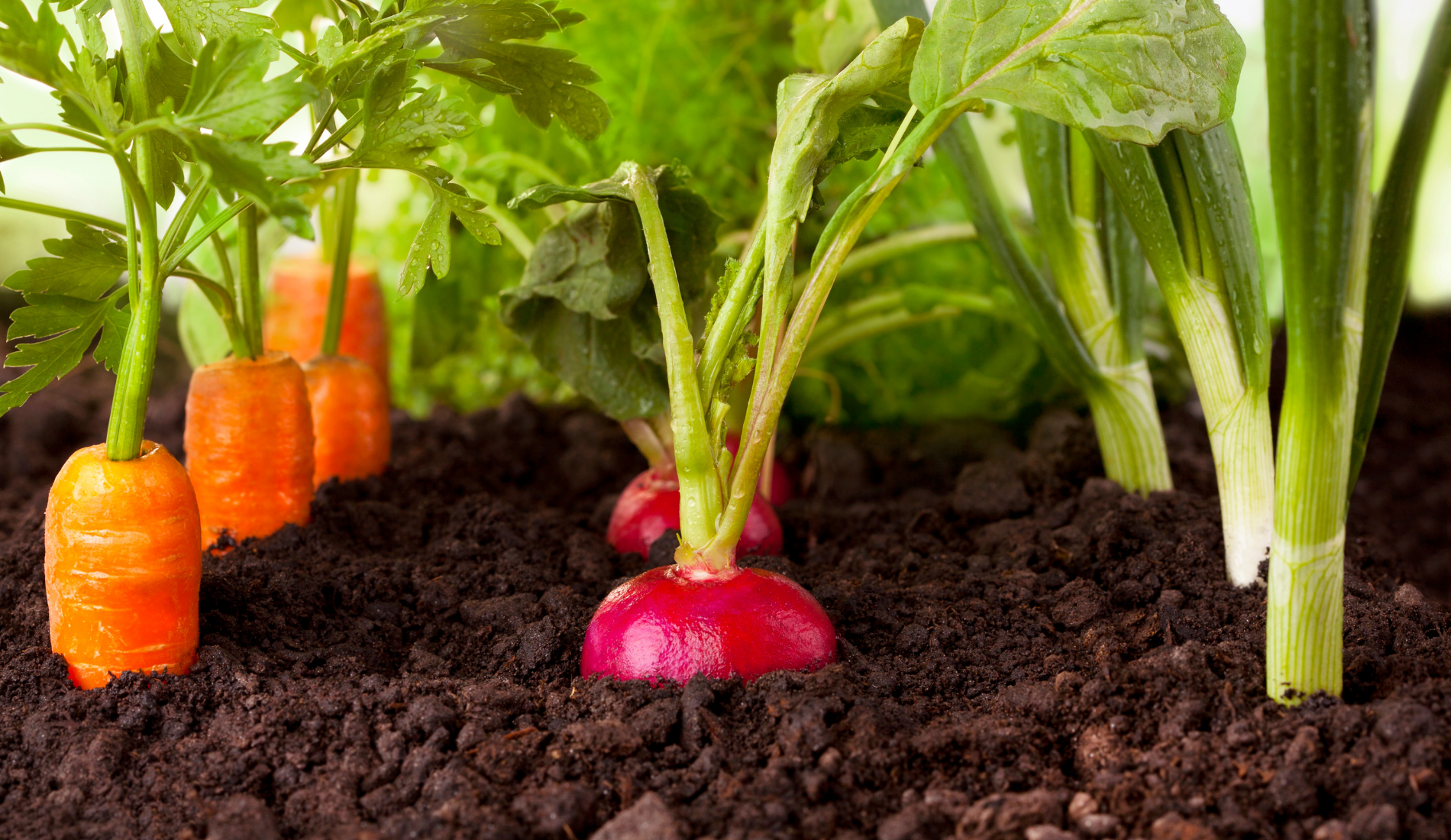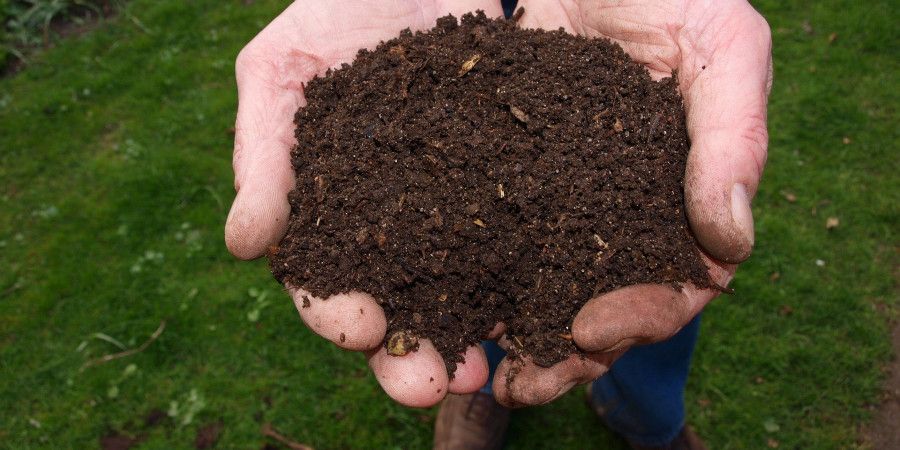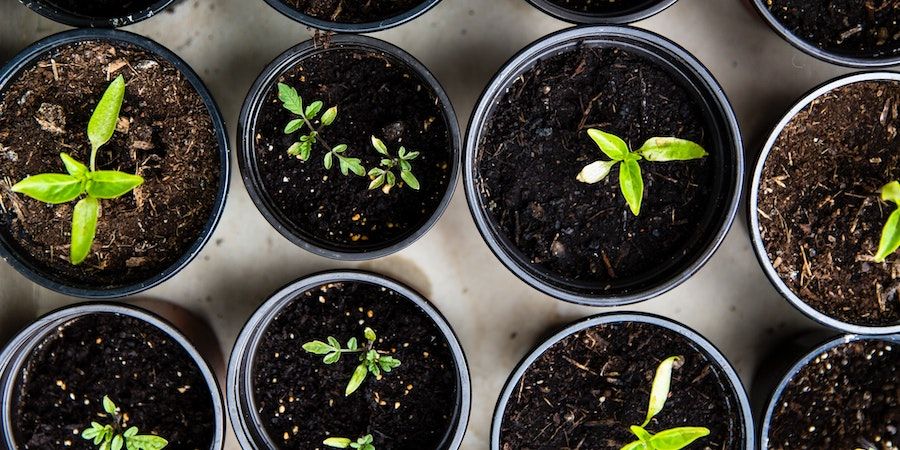Gardening can be heaps of fun! You plant gorgeous flowers all over your garden, water and fertilize them, and cannot wait to see the fruit of your labor. One day, however, you wake up, and you see them wilted and cannot help but wonder why. The truth is that not every type of soil is suitable for growing flowers.
Soil matters a lot. Any experienced gardener can tell you this. Various types of soil have different availability of nutrients for plants, which can affect their growth. You should test your soil to find out the flora that can flourish there. For example, experts consider loam soil as the best for plants and flowers.
However, what do you do if your garden has alkaline soil? It is high in sodium, calcium, and magnesium, making it difficult to use in agriculture. But while we can take some steps to improve the soil, it is also a good idea to look at some plants that can grow well in alkaline soil.
The Importance of Testing Your Soil
Image credits: jokevanderleij8 via Pixabay
As we mentioned earlier, before starting to grow anything, it is essential to test your soil. It will give you a clear idea of how fertile it is, and it will help you figure out what kind of fertilizer you may need. Bear in mind, however, that you may not be able to apply manure or fertilizers everywhere, so this is another good reason to test.
Through soil testing, you can also ensure that you don’t over-fertilize. Without knowing exactly what nutrients your soil needs, you can cause more harm to both your crops/plants and any nearby water bodies.
While you can choose to hire a professional to test your soil, you can always do it yourself, too. There are a few tools and accessories that you can use, like a soil pH testing kit or digital pH meters.
What Soil is Considered Alkaline?
Image credits: Markus Spiske via Unsplash
There are six main types of soil - loamy, sandy, silty, peaty, chalky, and clay. Loamy soil is considered the best soil for gardening because of its high amount of nutrients and good moisture retention. Sandy soil is easy to cultivate; however, it dries out rapidly. Unfortunately, it is what people call “hungry soil” because nutrients can be easily washed through it when the humidity levels are high.
Silty soil is another soil rich in nutrients that retains moisture. Peaty soil is low on nutrients. It keeps water too well, so it could require water drainage.
Chalky soil is a low fertility soil. It lacks manganese and iron, leading to wilting leaves and disrupted growth. We have clay soil. It's difficult to cultivate due to poor drainage. If drainage is better, plants can grow.
Often referred to as “sweet soil,” alkaline soil has a pH of over 7 and is high in sodium, magnesium, and calcium. The availability of nutrients is frequently limited because it is less soluble than neutral or acidic soil, which means that plant growth is quite limited. Usually, you can find this type of soil in very dry areas or very thick forests, or places where the water supplies contain lime.
Alkaline soil doesn’t mean no plants growing. The idea of an alkaline garden, while odd, is entirely possible. Many plants can grow in such soil, for example, oregano, oleander, zinnia, thyme, periwinkle, and many others.
Plants That Grow Well in Alkaline Soil
Even though alkaline soil is not very fertile and lacks a lot of nutrients, there are still quite a few plants that can grow in it. Even better, you will find that this list contains a lot of vegetables!
Perennials
|
Anchusa azurea |
Sedum 'Autumn Joy' |
Bearded iris |
|
Black-eyed Susan |
Candytuft |
Catmint |
|
Centaurea montana |
Columbine |
Daylilies |
|
Delphinium |
Easter lilies |
Festuca glauca 'Elijah Blue' |
|
Foxglove |
Goldenrod |
Hens and chicks |
|
Hosta |
Jacob's ladder |
Lavender |
|
Lenten rose |
Maiden grass |
Maltese cross |
|
Meadow rue |
Mums |
Pasque flower |
|
Red hot poker |
Reticulated iris |
Salvia |
|
Shasta daisy |
Siberian bugloss |
Woodland phlox |
|
Yarrow |
Vines
|
Boston ivy |
Clematis |
Kiwi |
|
Vinca minor |
Virginia creeper |
Winter jasmine |
Shrubs
|
Arborvitae |
Buxus sempervirens 'Suffruticosa' |
Contorted filbert |
|
Cotoneaster horizontalis |
Deutzia |
Euonymus fortunei ‘Emerald Gaiety’ |
|
False cypress |
Forsythia |
Golden privet |
|
Lilac bushes |
Rose of Sharon bushes |
Smooth sumac |
|
Spiraea japonica |
"Tree" peonies |
Viburnum |
|
Weigela florida |
Yew bushes |
Yucca filamentosa |
Vegetables
|
Artichoke |
Arugula |
Asparagus |
|
Beets |
Bok Choy |
Broccoli |
|
Broccoli Rabe |
Brussel Sprouts |
Cabbage |
|
Carrot |
Cauliflower |
Celery |
|
Chives |
Cilantro |
Collard Greens |
|
Corn |
Cucumbers |
Endive |
|
Fennel |
Garlic |
Kale |
|
Lettuce |
Lima Beans |
Mustard Greens |
|
Okra |
Onion |
Pole or Runner Beans |
|
Pumpkins |
Radish |
Spinach |
|
Summer Squash |
Swiss Chard |
Tomatillo |
|
Turnips |
Yams |
Fruits
|
Alder-Leaved Serviceberry |
Apricot |
Black Sapote |
|
Blackberry |
Citrus Fruits |
Fig |
|
Guava |
Panama Berry |
How to Lower Your Soil’s pH?
Image credit: HeikeKampe via Canva
There are ways in which you can improve alkaline soil. However, it is essential that first, you test the pH level of your soil. If it is under 7.5, you can add a soil amendment. On the other hand, if the pH is above 7.5, this method may not yield good results due to the calcium carbonate or marl that can be found in these soils.
One of the best ways to do so is by adding sulfur. 1-3 ounces per square yard of this soil amendment will help lower the pH levels. Still, if the area is sandy or contains clay, you should lower the amount. Aluminum sulfite is also a good choice for lowering your soil’s pH quickly. It is because aluminum yields acidity as soon as it breaks down in the soil.
There are some organic ways to lower the pH in your soil. The most common one would be adding peat moss to your garden. Unfortunately, because it is not a renewable resource, its popularity has fallen in recent years. Moreover, some people argue that it contributes to global warming. Pine needles can also help. However, they have a very slow action time and are not going to be effective for lowering the pH of a large area.
Another way you could bypass the issues alkaline soil poses is by using raised beds. Although pH levels are easy to control, you still should get a home soil test kit to keep an eye on the nutrient availability.
To build a raised bed, you don’t need a lot of supplies. First, you will need to decide how big you want to make it. Generally, you need four 2x12 planks to make the wall, 12 pieces of rebar, a rubber mallet, newspaper to cover the bottom, and soil to fill the frame.
All you have to do is prop up the shorter walls, stabilize them by hammering a piece of rebar into the ground, then do the same with the longer walls. Once you have built the frame, you have to line the bed with newspaper or cardboard, then soak it very well. Lastly, fill it with soil, but leave a few inches to the top. Of course, if you are not entirely sure about your DIY abilities, you can always purchase a prefab kit.
Conclusion
There are many types of soil in the world around us, and while most of them are quite fertile, there are a couple that are not very plant-friendly. For many novice gardeners, alkaline soils may sound very discouraging, but there are lots of ways to improve them. Some of them include soil amendments, such as sulfur and aluminum sulfate, and you should use them for soil with higher than 7.5 pH. Others are more organic, like pine needles and peat moss. However, both can only be applied successfully to the ground with a pH lower than 7.5. Fortunately, not all is lost! There are quite a few plants that like alkaline soils!




